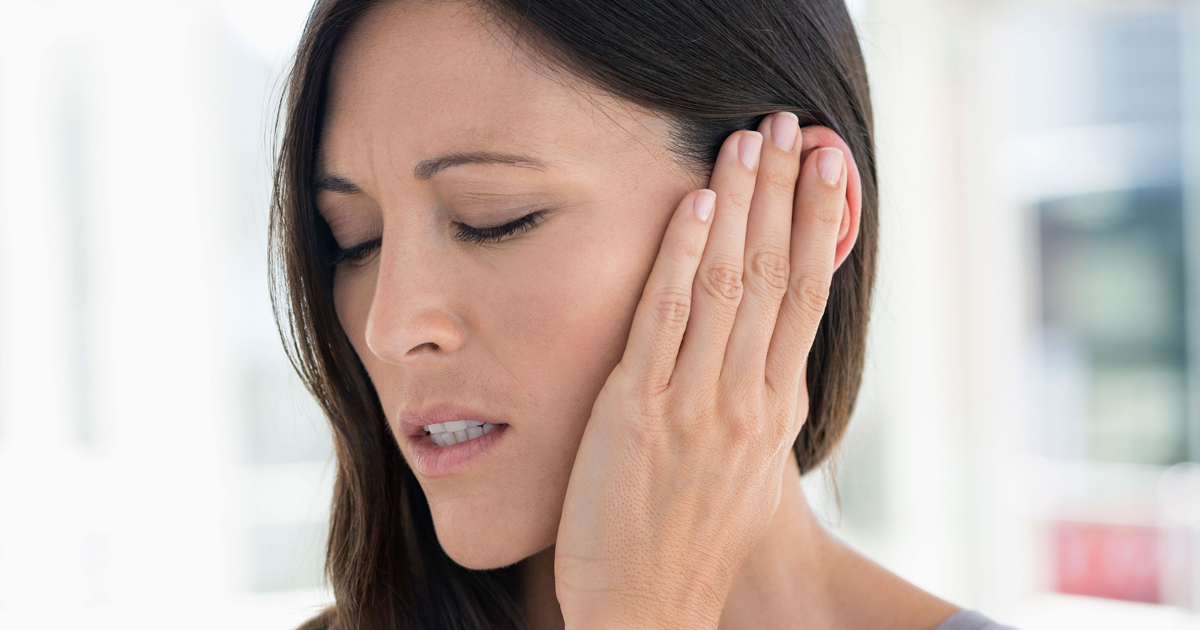What Causes Swimmer's Ear?
Swimmer's ear, which is also known as otitis externa, is an infection of the outer ear canal. In its milder forms, swimmer's ear causes itching inside the ear canal and minimal discomfort when the earlobe is pulled. As the infection progresses, the pain will increase, and individuals may notice fluid draining from the ears as well as the excretion of pus. If not treated pain may become severe, the ear canal may become completely blocked, and a fever may develop.
It is essential to understand what causes swimmer's ear and engage in preventative measures to avoid contracting the infection.
Moisture In The Ear

The most popular cause of swimmer's ear is moisture in the ear. The outer ear canal is a warm place, and when there is excess moisture in the ear, it provides the perfect breeding ground for bacteria to form and grow. While the name swimmer's ear infers the infection occurs by swimming, heavy sweating and extended exposure to humidity can also cause excess moisture in the ear canal. To prevent a buildup of excess moisture in the ear, individuals should make sure to thoroughly dry their ears after activities involving water, such as bathing or swimming. Cotton swabs and other devices should not be inserted into the ear. Instead, ears should be dried with a soft towel after tipping the head to the side to allow any excess water to easily drain. Another method to dry the ear canal is using a blow dryer, held about twelve inches away from the ear and set on the lowest setting.
Get to know the next cause of swimmer's ear now.